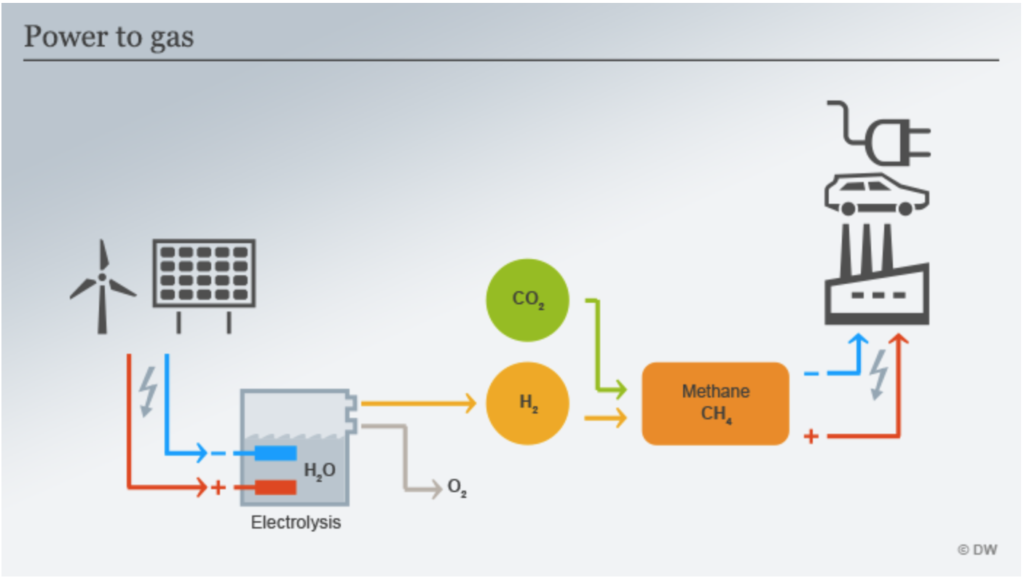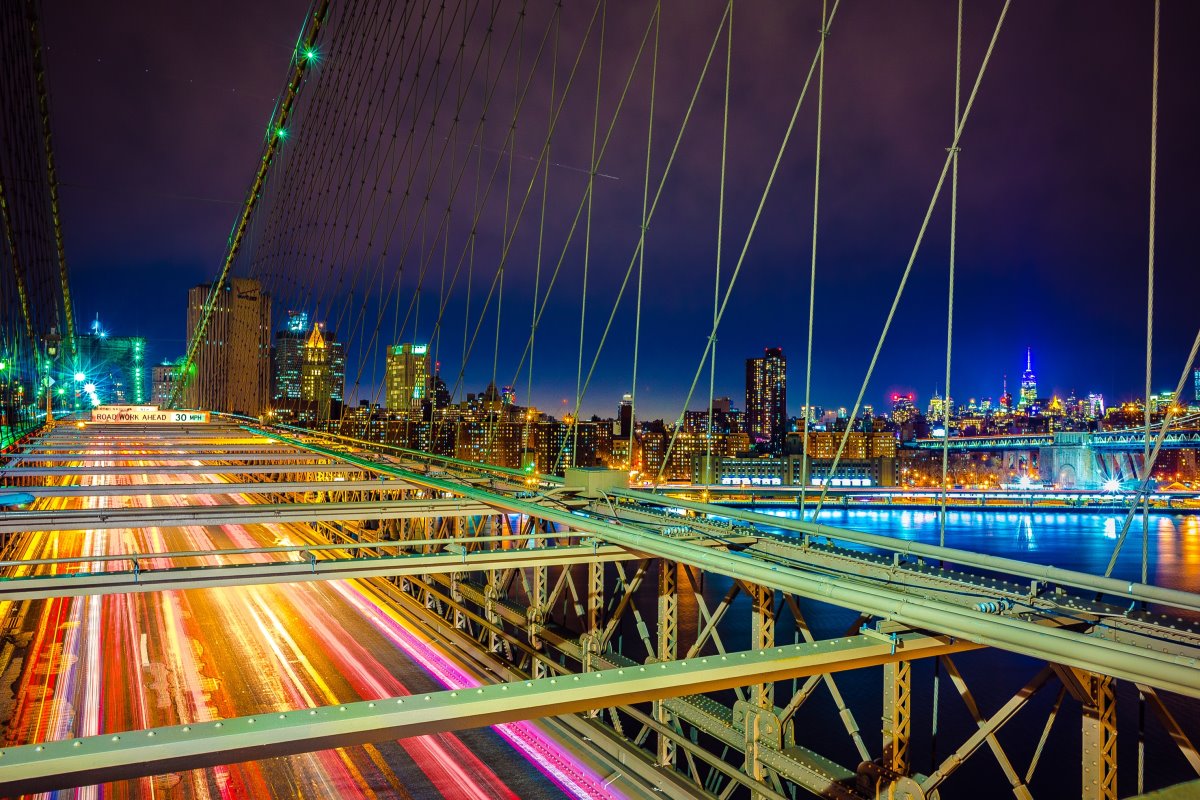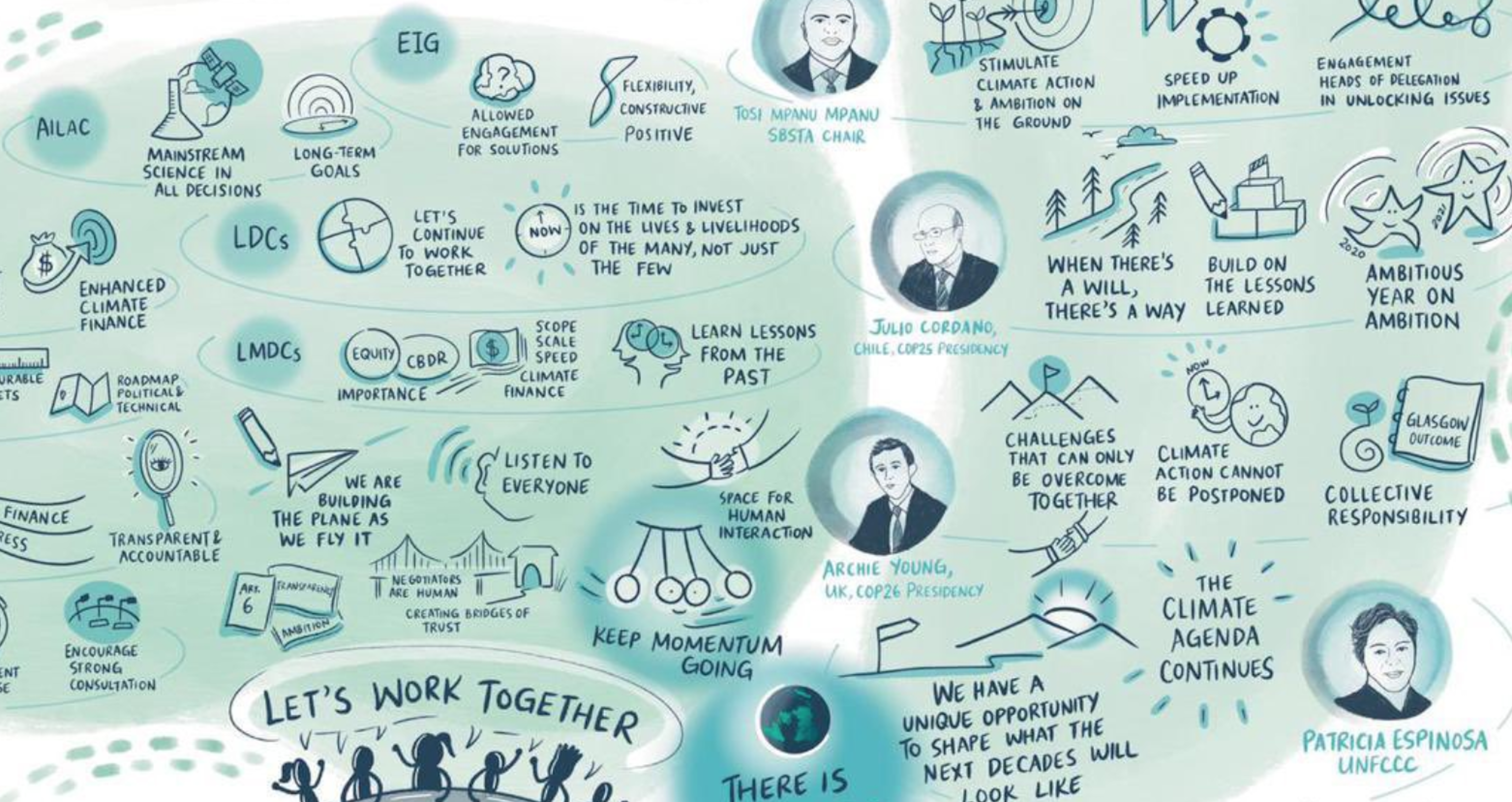Globally, CO2 emissions from commercial flights are rising up to 70% faster than predicted by the UN, which is putting pressure on airline regulators to step up their emissions reduction game. Although it is estimated that airline travel makes up “only” 2% of global emissions, it is also significant that only 3% of the world’s population flew in 2018. Hence, a tiny part of the global population accounts for a disproportionate amount of total emissions.
And it’s not just about total emissions and inequity. The spotlight is also shining on the aviation sector due to allegations of bad practices within the industry. Most recently, a BBC investigation revealed how airlines engage in a practice called “fuel tankering”, whereby they fill their planes with extra fuel so as to avoid paying higher prices for fuel at destination airports. It is believed that the practice led to over 18,000 tonnes of extra CO2 emissions in 2018, with one example revealing how a BA flight to Italy carried almost three tonnes of extra fuel, leading to 600kg of additional CO2 emissions, whilst only helping the airline save a meager £40. A stark contrast to the industry’s declared desire to fight CO2 emissions and become “sustainable”.
Aviation needs to reinvent itself
Johan Lundgren, chief executive of easyJet, the European low-cost carrier.
As a result, public opinion is focusing on air travel. Stories such as the BBC investigation on fuel tankering and the decision by Greta Thunberg to sail across the Atlantic instead of flying to the UN climate summit in New York and the COP 25 in Madrid, have turned up the heat. Policymakers and airline executives are being forced to take emissions and climate risks more seriously, leading to a series of proposed measures by airlines and an analysis of how to reduce the impact of aviation.
Aviation’s CO2 footprint
Aviation is responsible for around 2-2.5% of global CO2 emissions. According to the European Commission: “Direct emissions from aviation account for about 3% of the EU’s total greenhouse gas emissions and more than 2% of global emissions.” To put that into perspective, if global aviation was a country, it would rank in the top 10 emitters.
In a September 2019 paper, the International Council on Clean Transportation (ICCT) elaborated on these statistics by revealing that CO2 emissions from all commercial operations in 2018 totaled 918 million metric tons — 2.4% of global CO2 emissions from fossil fuel use. This amounted to a staggering 32% increase in emissions over the past five years. Still further, predictions for the future are even more alarming, with some claiming that CO2 emissions from aviation could triple by 2050 and potentially take up a quarter of the world’s “carbon budget.”
The implied annual compound growth rate of emissions, 5.7%, is 70% higher than those used to develop the International Civil Aviation Organization’s (ICAO) projections that CO2 emissions from international aviation will triple under business as usual by 2050.
The September 2019 ICCT report
According to ICAO estimates, in 2016 there were 3.7 billion global air passengers and every year since then has generated a new record amount of flyers. The International Air Transport Association (IATA) predicts the number to rise to 7.2 billion by 2035. With such a clear indication that the rise in total passengers, flights and emissions is not likely to stop, the aviation industry and policymakers are tackling the problem of emissions not by reducing air travel, but rather by acting on three main points: deeper investment in alternative fuels, increased efficiency, and carbon offsetting.
Alternative fuels
One of the most popular solutions to aviation’s CO2 emissions is embodied in alternative fuels, including bio fuels and synthetic fuels made with renewable power. However, to date the barriers to entry for alternative fuels have been overwhelming and they require more intervention by policymakers so as to support technological developments and industrial scale. In particular, the issue of price competitiveness has been overwhelming.
IATA spokesperson Chris Goater told DW: “I think that essentially we need price hikes. We did interviews with industry leaders a few months ago and many of them agreed, secretly — they were anonymous interviews — that if we don’t have a major price hike for fossil fuels, then there is no way alternative fuels could ever make it.”
Daniel Mittler, political director of environmental NGO Greenpeace, agrees that fossil fuels need to be more expensive if the transition to alternative fuels is to be attained. “The first step is to end all fossil fuel subsidies, including those going to aviation and to properly tax the aviation industry.”

Furthermore, assuming that alternative fuels were brought to scale, some research indicates that even a wholesale transition would not necessarily equate to lower environmental impacts.
One of the main critiques levelled at biofuels is that they would face serious land constraints to being scaled up. To have a significant impact on aviation emissions there would have to be a massive increase in land use to grow the crops for biofuel. As a result, many environmentalists are dismissive of biofuels as a long-term solution; some even going as far as suggesting that using alternative fuels could end up increasing demand for air travel, as people would feel less guilty about flying and hence give rise to what is known as a “rebound effect” – which could reduce the positive gains of a partial transition to cleaner fuels.
Another approach being touted by industry leaders is the transition to electric and hybrid aircraft, that if powered with renewables could present an alternative to fossil fuel-powered aviation. easyJet just announced its collaboration with the airplane manufacturer Airbus to develop electric and electric hybrid planes for short-haul European flights. With easyJet CEO Lundgren claiming it is “an important step towards making electric planes a reality.” However, the possibility of bringing these technologies to scale remains in doubt and the weight of the batteries needed makes it improbable that the technology can be used in long haul flights.
Efficiency
On a more positive note, airlines have managed to increase the efficiency of airplanes significantly. An example is United Airlines, that has improved its fuel efficiency by 45% since 1990. However, a New York Times article highlights how, although airlines are becoming more efficient, the rate at which they are progressing is inferior to the rate of growth of demand for air travel, therefore effectively nullifying progress.
“Airlines, for all intents and purposes, are becoming more fuel efficient. But we’re seeing demand outstrip any of that,” said Brandon Graver, Researcher in the ICCT’s Aviation Program. “The climate challenge for aviation is worse than anyone expected.”
In general, scientific investigation of fuel efficiency in planes has led to significant results. In fact, many airlines are purchasing fuel-efficient twinjets for use on international routes and retiring their very large and inefficient aircraft. Furthermore, route planning that has contributed significantly to the efficiency of planes.
Carbon Offsetting
On the 19th of November, low budget airline easyJet announced that it is set to become the first major airline to operate net-zero carbon flights, declaring that it would offset all of its emissions. The operation is set to cost the airline £25m in the next financial year, which will be dedicated to planting trees or avoiding the release of additional carbon dioxide.
This is just the latest example of how the offset approach, which has long been favoured by the sector. Carbon offsets compensate for emissions by cancelling out greenhouse gas emissions elsewhere in the world. For example, the offset may involve paying for renewable energy or other programs designed to reduce emissions. Offsetting has been adopted by Airlines in the 36-member countries of the ICAO which have signed up to a carbon reduction scheme known as Corsia, committing to voluntarily offset most of the growth in their CO2 emissions beginning in 2020.
However, Johan Lundgren, the airline’s chief executive, also recognises that longer-term solutions are needed. “We recognise that offsetting is only an interim measure, but we want to take action on our carbon emissions now.”
Reduce flights
All the above measures can contribute to lowering the impact of aviation. However, even with their full implementation they fail to address the entire spectrum of aviation impacts and cannot avoid addressing the main solution to reducing CO2 emissions from air travel: less flights. Although all other approaches are useful, none have the power to achieve sustainable aviation if we continue to increase air travel exponentially.
Reducing flights must become a vital component of any solution to sustainable aviation. Most significantly, incentives for alternative modes of transport so as to reduce flights can become game-changers. For example, it is a well-known fact that travel in Europe by train emits a lot less CO2 than by air.

Even major airlines are understanding this necessity. Dutch carrier KLM recently launched a campaign that asks passengers to fly less. It includes tips such as “consider making video calls instead of meeting face to face” and “explore other travel options” like trains for shorter trips. By incentivising less air travel, adopting alternative fuels, increasing efficiency and offsetting the carbon that we will inevitably emit aviation can become less impactful.






